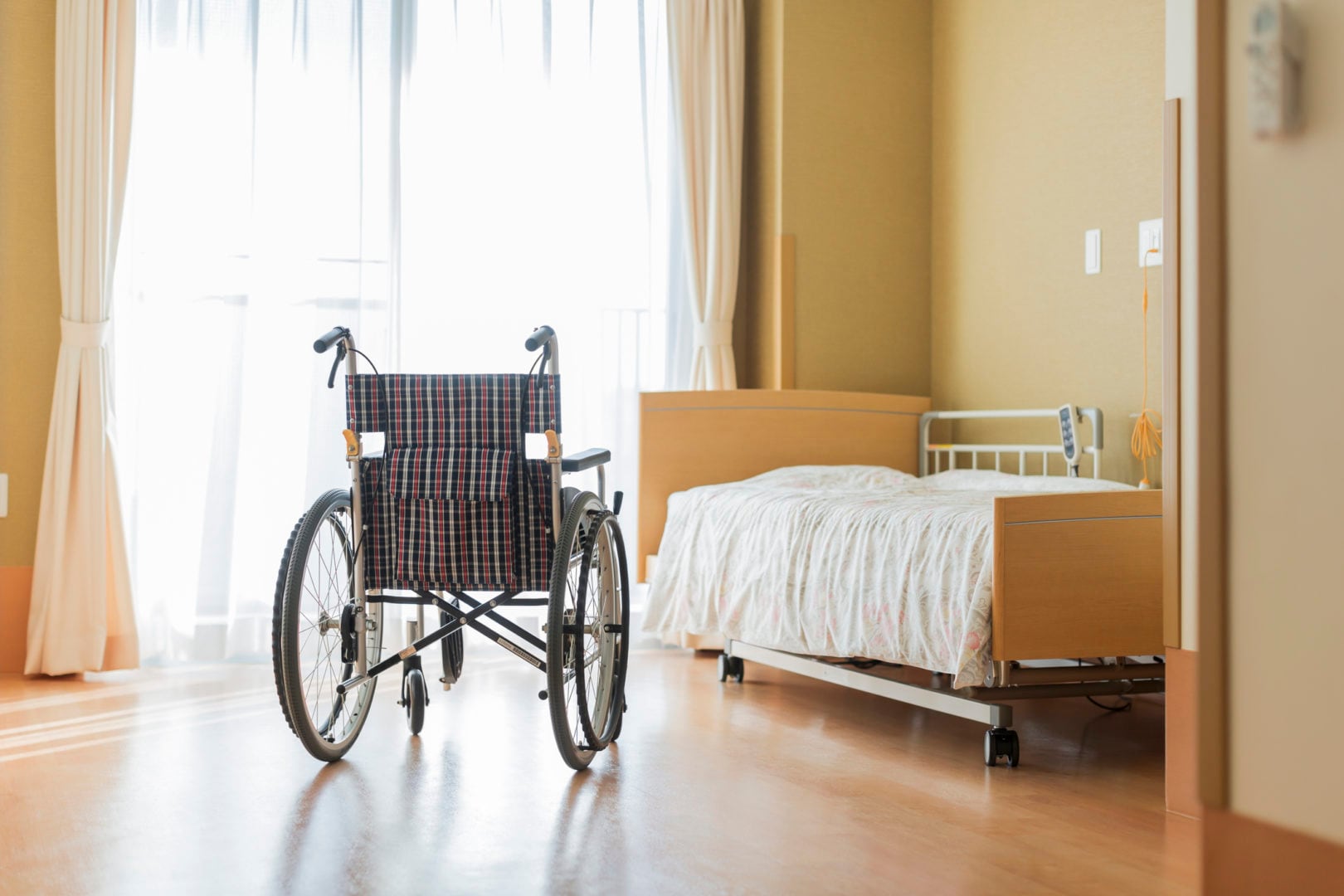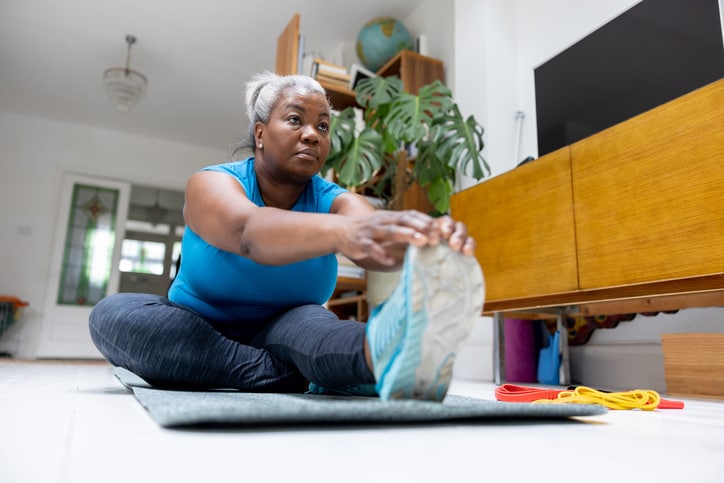Ever since the pandemic started, it’s been clear that people living in nursing homes were at a particularly elevated risk. Months into the crisis, over 100,000 residents and workers at nursing homes and other long-term care facilities have died from COVID-19. That’s why AARP recently decided to do a deep dive into the impact of COVID-19 on nursing homes in the U.S. The investigation culminated in a three-part series, one of which focused on March through June, when, according to the report, nursing home residents and staff accounted for almost half — 43% — of total deaths from the virus.
Elaine Ryan, AARP vice president of state advocacy and office integration, explains, “In large measure, we not only wanted to document what happened, but also what we need to happen to protect thousands of people from losing their lives in the coming months.”
Read on for more about the reports, and what seniors and their caregivers should know.
A closer look at the COVID-19 nursing home crisis
The first two parts of the report were published in the December issue of the AARP Bulletin.
Part one hones in on and builds the story of what happened between March and June through the eyes of numerous experts, staff and loved ones who were close to the national crisis, including Ryan; nursing home staff from Life Care Center of Kirkland in Seattle, which was the first known nursing home in the U.S. to see an outbreak; residents’ families; government officials, such as Seema Verma, administrator of the Centers for Medicare & Medicaid Services and others.
According to the report, during that time, about 54,000 nursing home staff and residents died — a number that has since almost doubled, as per the organization’s most recent estimates.
Ryan explains that the writers were doing their best to try to capture people’s roles in this nursing home crisis, as well as insights from families who were suffering with loved ones in these facilities.
What caused the devastating number of COVID deaths
The second part, on the other hand, asks the question, “Who’s to Blame for the 100,000 COVID Dead in Long-Term Care?” The report then highlights some of the key issues that directly impacted these outcomes. A few examples:
Laws dating back to the 1950s and ‘60s that continue to impact funding and the industry as a whole today.
-
Not enough tests or testing.
-
Understaffed facilities.
-
Little accountability.
According to the report, most agree that “the single greatest error of America’s response to the pandemic in nursing homes … was the failure to provide early and vast access to virus testing for residents and staff.”
Ryan describes this turn of events as “a devastating indictment of the vulnerability of nursing home residents in long-term care facilities.”
AARP notes that part three of the series – on how to fix the problems, both short and long term – will appear in the January-February issue.
If you’re interested in more extensive data, the organization has also been tracking a state by state look at nursing home deaths, PPE rates and more on their “Nursing Home COVID-19 Dashboard.”
The hopeful impact of this new nursing home report
When it comes to the downstream effect of the report, AARP has several goals:
Educate policymakers
AARP says, with hope, the report will educate policymakers. “It’s our hope that there is, in many ways, an education of lawmakers who aren’t fully aware of what’s going on,” says Ryan. “I think people see the total numbers of deaths in these facilities, but they’re not necessarily moved to action.”
The reason? She posits that policymakers may be resigned to the idea that nothing could have been done to save the lives we’ve lost this year. “That may be a convenient excuse for their inaction, but that is both inaccurate and unacceptable,” says Ryan. “These facilities are regulated by the federal and state governments. They have the power to save lives. We must remind them of that obligation and insist on action to prevent further loss of life.”
Inform policy that benefits seniors
Along those same lines, the organization hopes that in a future stimulus bill, there are more resources provided for nursing homes as well as an overall movement for more support, funding and fundamental reform for seniors who want to age in place or in their community, which is something that AARP polls find a majority of older adults would prefer.
Improve pay for nursing and home care staff
Ryan says nursing and home care staff need to be paid more so they don’t have to have multiple jobs. “Many workers get no paid or unpaid leave in their jobs, so we’re putting them in a position of either work and possibly spread the virus or don’t bring home any money,” she notes. “And we have got to do better than that in this country.”
What seniors and family caregivers can do
While the new reports show that lawmakers have their work cut out for them, there are also helpful moves that both older adults and family caregivers can make in the meantime.
Be an advocate
Ryan says that if you have a loved one in a facility, you can be their advocate by demanding action from state and federal representatives who regulate nursing homes and making sure they are aware of what’s happening with your loved ones.
Do your research
Ryan suggests being especially discriminating when considering nursing homes for short- or long-term care. She advises getting a full picture of the quality of care provided and then deciding whether you or your loved one might prefer home care, if only for the time being.
Consider all your options
Ryan also urges caregivers to think about resources and support available to care for loved ones at home, noting, “AARP will be advocating, as it has in the past, for caregiver tax credit at the federal and state levels of government.”



